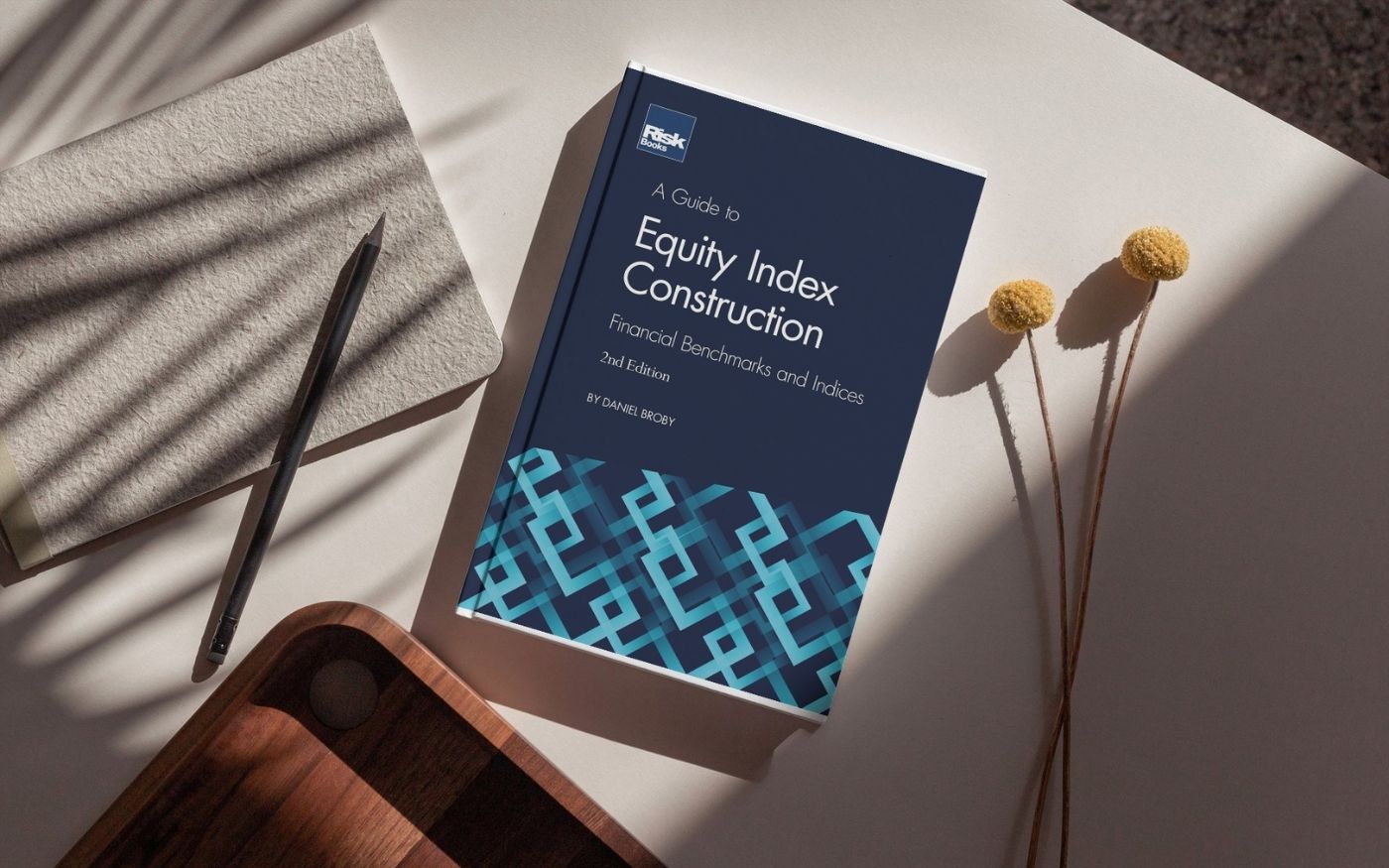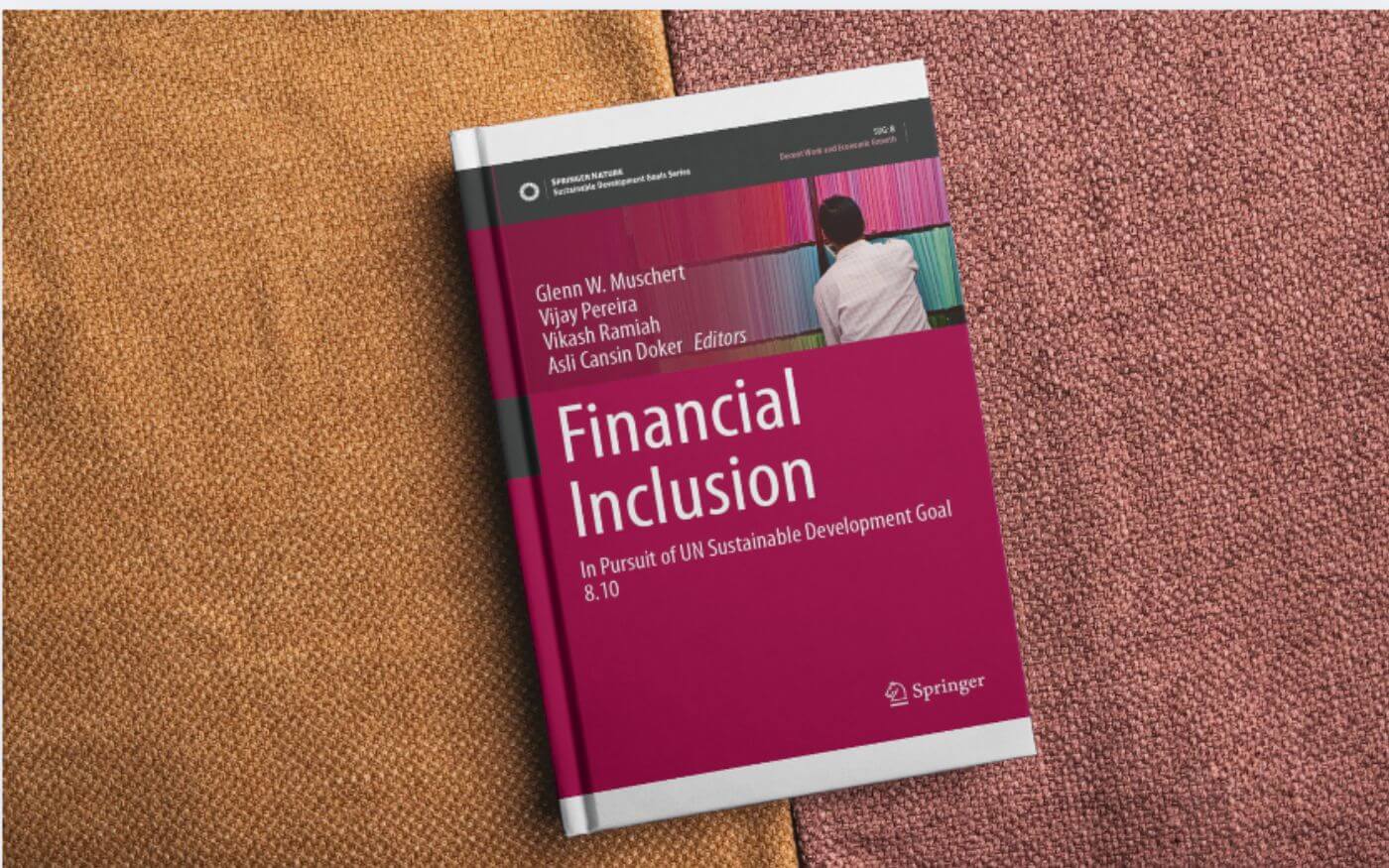We are pleased to announce Professor Daniel Broby’s book, titled “A Guide to Equity Index Construction,” published by Risk Books.
Book Title: A Guide to Equity Index Construction
Author: Daniel Broby
Discipline: Investing, Quantitative Analysis, Derivatives & Options
Executive Summary
This book is a revised version of “A Guide to Equity Index Construction,” by Broby (2007). It incorporates content from his PhD thesis on investment benchmarks and has updated examples and content. It draws on his practical fund management experience in his previous roles as Chief Executive Officer, Chief Investment Officer, and Chief Portfolio Manager. Combining this industry knowledge with his academic experience, Dr. Broby believes the book bridges the practical with the academic in the field of index construction.
Benchmarking and measuring financial returns are one of the most important topics in quantitative finance. The scientific management of investment funds, the measurement and attribution of returns, and portfolio risk management, are all built upon benchmark choice and specification. In Broby (2010), he explained that the dynamics of asset prices can only really be understood with a clear and defined benchmark.
This book adds to his prior research in the field of benchmarks and indices, namely Broby, Bautleac, and McKenzie (2017), Broby and Lochhead (2002), and Broby et al. (2016). It also draws on a CFA Institute reading that he co-wrote with Professor Mitchell Conover and Professor David Carino, An Introduction to Investment Benchmarks, Conover, Broby, and Carino (2013), all leaders in this field.
Benchmarks serve as a reference point to assess the performance of investment portfolios. By comparing portfolio returns against a benchmark, investors can gauge how well their investments are performing relative to a specific market or asset class. It provides a measure of whether the portfolio is generating satisfactory returns or underperforming. They help align investment portfolios with specific goals and objectives. Investors can select benchmarks that closely match their desired investment outcomes or target market segments. It ensures that the portfolio is constructed in a manner that reflects the intended investment strategy and risk appetite.
They also provide a means to evaluate and manage investment risk. By comparing portfolio performance against a benchmark, investors can identify areas of potential risk concentration or deviation from the expected risk exposure. It helps in assessing the risk-adjusted performance of the portfolio and ensuring that risk levels are within acceptable limits.
In respect of professional fund management, benchmarks play a crucial role in facilitating performance attribution analysis. This process involves dissecting portfolio returns into distinct factors or components, allowing investors to gain a deeper understanding of the sources driving their portfolio’s performance. The main aim of this book is to emphasize the significance of benchmarks as a universal language for communication and reporting within the investment industry
To cite this book: Broby, D. (2024). A guide to equity index construction (2nd ed.). Risk Books.
ISBN: 9781782724483
To purchase, click here.
Meanwhile, a printed copy of the book will be available at the AIM Knowledge Resource Center (KRC) for room use in the coming months.
Congratulations, Dr. Daniel!





